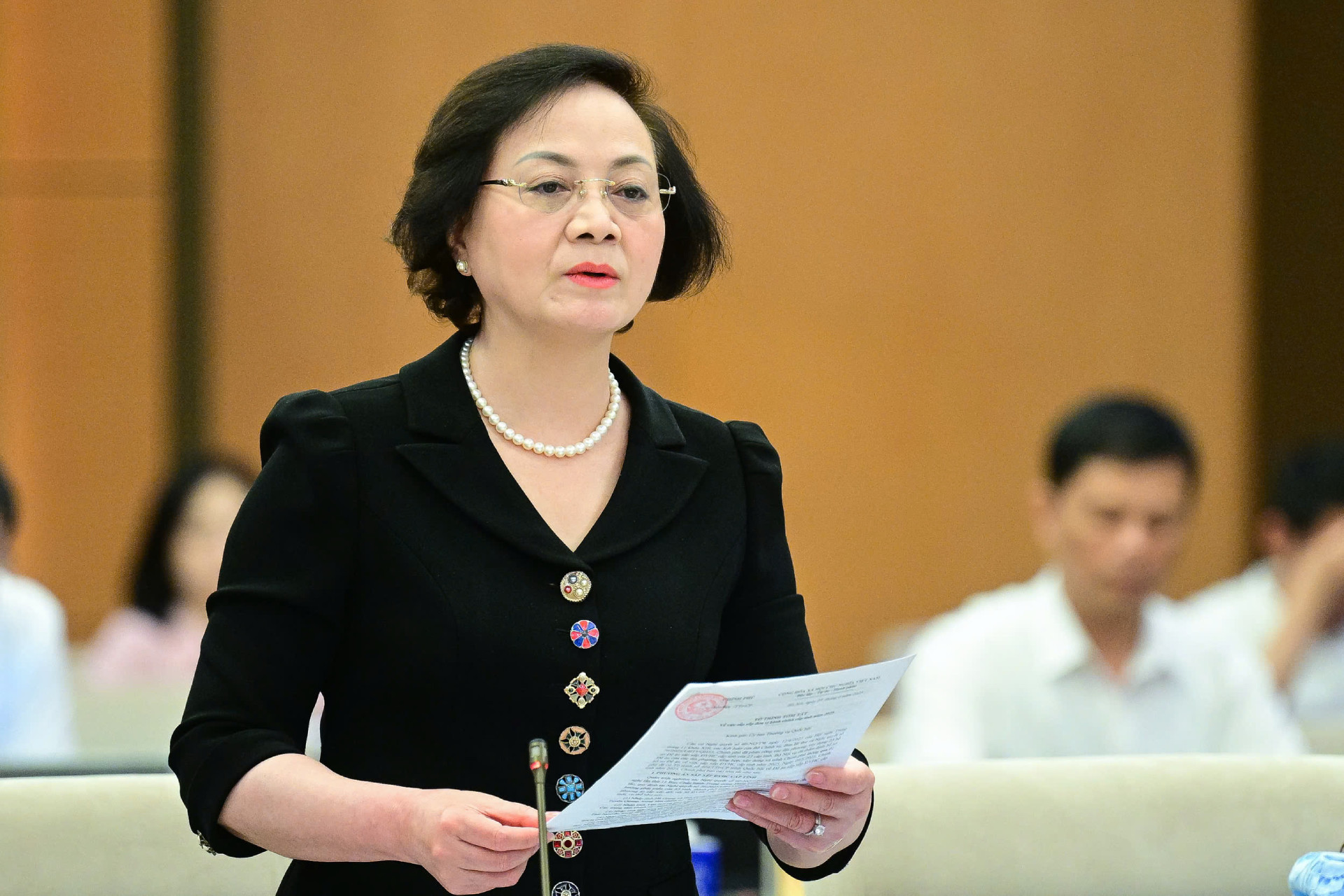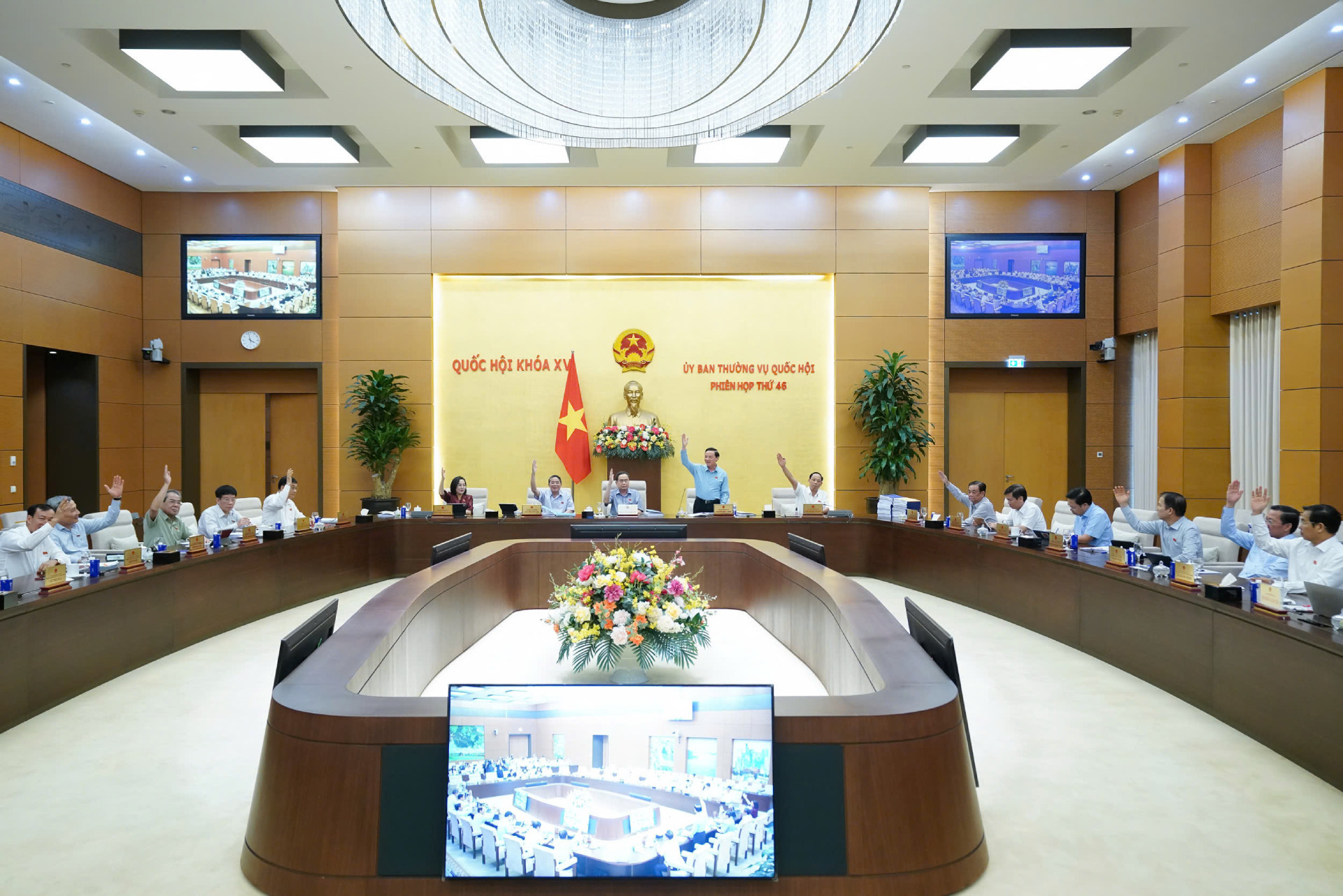
The National Assembly Standing Committee has officially approved a resolution, in principle, to restructure Vietnam’s grassroots administrative units, cutting the total number of commune-level units to 3,321 - a reduction of 6,714, or approximately two-thirds.
Presenting the plan, Minister of Home Affairs Pham Thi Thanh Tra explained that out of the current 10,035 commune-level administrative units nationwide, 9,907 will undergo restructuring. The remaining 128 will remain unchanged, having met both the population and land area criteria or possessing specific characteristics defined under Resolution No. 76/2025.
According to the restructuring plan, 3,193 new commune-level units will be formed from the existing 9,907 - comprising 2,498 communes, 682 wards, and 13 special zones - resulting in a net reduction of 6,714 units.
This brings the national total to 3,321 commune-level units (2,621 communes, 687 wards, and 13 special zones), a decrease of 66.91%.
Of the 3,193 new administrative units, 3,036 meet the new standards set by Resolution No. 76/2025. The remainder, while not meeting all the benchmarks, cannot be further merged due to geographical and administrative constraints. The government has reviewed and approved these exceptions.
Minister Tra noted that after restructuring, the organization of agencies and units will be standardized and aligned with corresponding adjustments to local Party organizations, the Vietnam Fatherland Front, and other political-social groups based on guidelines from competent authorities.
The organization of People’s Councils and People's Committees at the commune level will follow the revised Law on Local Government Organization (2025), which is expected to be passed by the National Assembly on June 24 and take effect on July 1.
Regarding personnel restructuring, current district-level staff will be reallocated to fill roles in newly formed commune-level units. Key district-level political leaders will serve as the foundation for staffing in these new units, with additional personnel from the provincial level supporting where necessary.

In the immediate term, the total number of commune-level civil servants and public employees must not exceed the current pre-merger count (excluding provincial or district staff reassigned to the new communes). Over the next five years, staffing will be further reviewed and streamlined to improve workforce quality and compliance with legal mandates.
The plan also ends the roles of part-time officials at the commune level, with compensation and policy support provided per government regulations.
Management and repurposing of public offices, finances, and assets will follow current laws and Ministry of Finance guidelines to prevent waste, corruption, and inefficiency. Minister Tra noted that each provincial proposal includes plans for office relocation, renovations, and upgrades to ensure working conditions for the new administrative structures.
On naming conventions post-merger, Hoang Thanh Tung, Chairman of the Legal and Judicial Committee, pointed out issues with unnecessarily long or inconsistent names. For example, in Da Lat, some new wards are named “Xuan Huong - Da Lat” or “Cam Ly - Da Lat,” which are overly lengthy.
Other inconsistencies were found in naming formats within the same province. In Lam Dong, for example, there are wards named “Ward 1 Bao Loc” and “Ward 2 Bao Loc,” while nearby communes are called “Bao Lam 1” and “Bao Lam 2,” indicating a lack of uniformity.
In some cases, commune names were changed without any corresponding change to boundaries or structures - such as Ba Gia commune in Lam Dong - raising concerns about unnecessary administrative procedures and confusion.
Tran Thuong - The Vinh